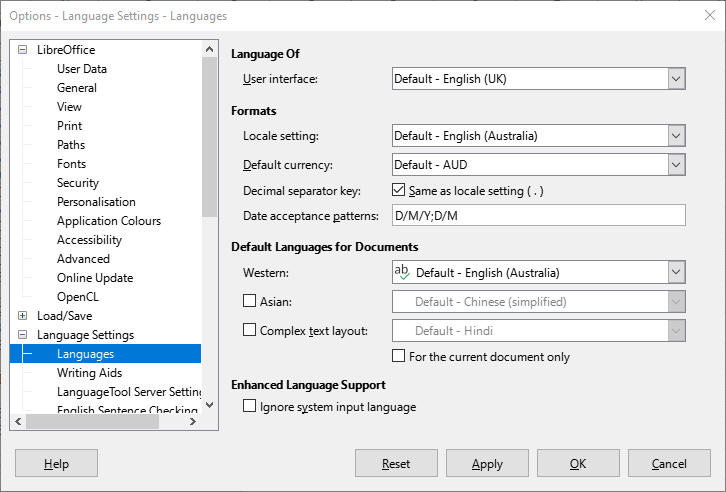Excel can treat numeric text as numbers. If some cell contains text “1,234” or “2/3/2022” Excel interpretes these wrong values according to its own locale settings. It does not matter that much if you did the import right or wrong. Drawback: You never know exactly if your data are interpreted correctly, if “1,234” is interpreted as a comma decimal when you send the file to a a co-worker or if “2/3/2022” is interpreted as a different date on the other side of the Atlantic.
Calc does it right. It does not interprete ambiguous numeric strings.
Calc always shows the import dialog. The dialog settings are saved. You just have to hit the Enter key to confirm the same settings as before.
Calc allows to specify an import locale that applies to the whole set of columns, so you don’t have to specify details for each and every column.
Personally, I rarely import any csv into sheets. For my daily csv from various bank accounts I use nothing but Base which works reliably and easily since many years.

